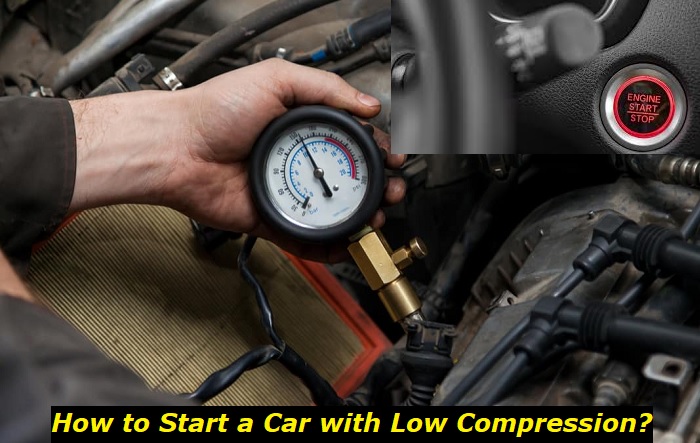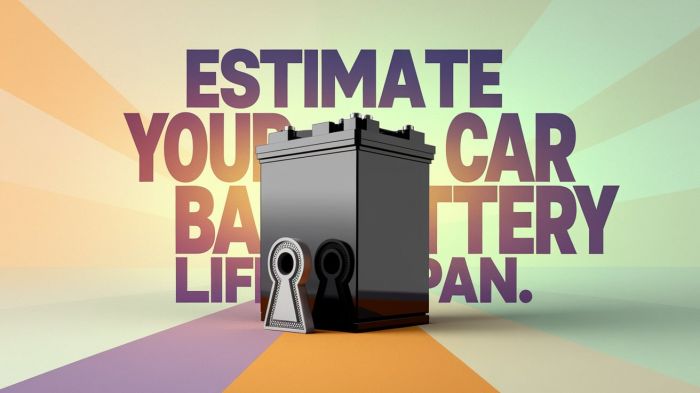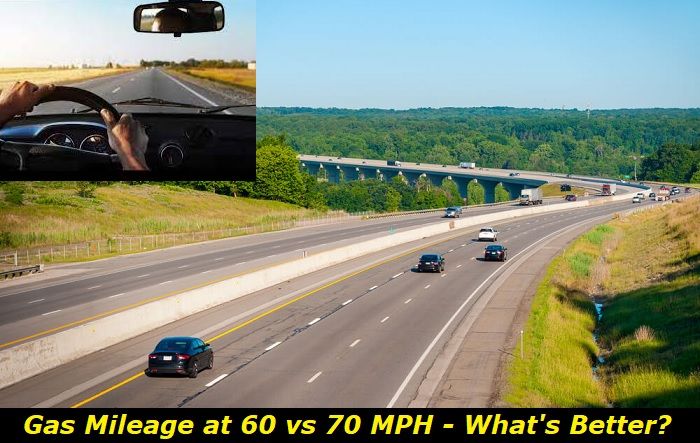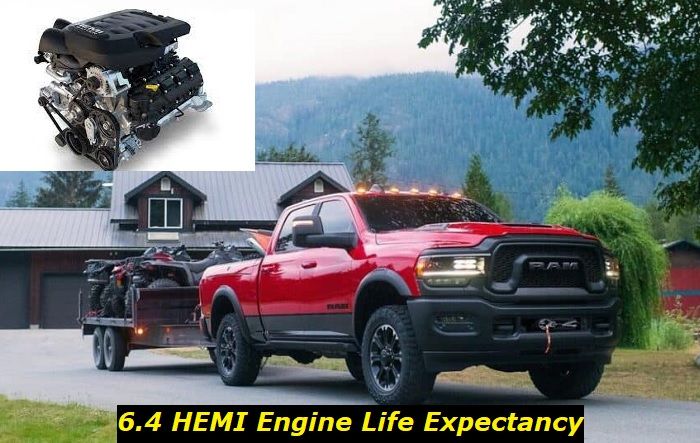You can start the engine with low compression by lubricating its cylinders or locating and solving the problem with the compression in certain cylinders. The choice of the optimal method depends on the reasons for the low compression and the possible damage to your engine.
Hard engine starting highlights
- Level of urgency:Medium
- Can you drive?Yes, if it starts
- DIY inspection:Possible but complicated
- DIY repair:Mostly,impossible
- Price for repair:$200 - $750
- Common Reasons:Spark issues, carb problems, compression, engine problems
- Ways to fix:Inspect spark plugs, check compression, verify fuel supply is good

What's compression and why does your engine need it?
So, compression in your engine is created by the piston. When it goes up, all valves close and the piston compresses the air-fuel mixture in the combustion chamber. Then the spark plug produces a spark and this mixture starts burning or even exploding. This pushes the piston down. This is actually how engines work.
If the compression is low or absent, the combustion will not give the needed effect or will not even happen. The fuel will just burn, it will not explode and won't create the needed power. It means that the engine will not be running and you aren't likely to even start it.
If compression disappears in one of the cylinders, the engine will still start and run but only use the remaining cylinders. But if there is no compression in several cylinders, it's a huge problem for the engine and it will most likely not even start or will stall immediately after starting.
This is how compression works and why it is important in any internal combustion engine.
What are the common reasons for low or no compression?
For the engine to keep the needed compression, each combustion chamber must be sealed properly when the piston is in its highest position. So, both valves should be properly closed, there should not be any cracks in the head gasket, cracks in the engine parts, etc. If there is a tiny leak, the high compression will press out all the air through that leak and there will be low or even zero compression in the cylinder.
Here are the most common reasons for low or zero compression:
- The valves don't close properly. Usually, it happens with intake valves in direct-injection engines when they form enough carbon buildup. Also, valves may be misshaped or just worn out.
- Problems with the head. When the engine head is overheated, it can lose its proper shape, crack, or get any other damages that require immediate attention.
- Head gasket. If a head gasket breaks, it can be the reason for low compression in one or several cylinders.
- Piston rings. One set of rings is in charge of the compression. When these rings are worn out, the air leaks to the crankcase and there is no needed compression in the cylinder.
- Bad lubrication. If there is no oil film on cylinder walls, the engine will not form the proper compression. It's an important and often overlooked factor.
- Cracked piston. When the engine is old, pistons may get cracked in their working part. This will obviously lead to a no-compression issue in a certain cylinder.
- Problems with the timing belt or chain. Compression in the entire engine may be zero or low when the timing is not set properly. This may happen when the belt or chain jumps one tooth or stretch too much.
As you see, there are plenty of reasons why your engine may lose compression. While some of them are not that hard to deal with, some other reasons are very hard to locate and repair. In some cases, a good mechanic will recommend you replace the engine rather than repair it. Especially, if the thing is in some cracks in the head and/or block.
You may have seen that poor lubrication can also be a problem. Well, it happens not only in cases when you forget to fill the engine with oil. Sometimes, this may happen after the car sits for too long - more than a month. And there are two things you may try to deal with this - I will tell you about both in the next section of this article.
Two methods to start the engine with low compression
If your engine has suddenly lost compression in all cylinders and now sounds too weird when you try to start it, it means that the problem is obviously not with one of the valves or pistons. If it was all about one of the pistons, other cylinders would still start and go. The engine would lose power but would still be able to start.
So, if all cylinders don't have compression, this may signal poor lubrication. There is no oil film on the walls of cylinders, and this leads to bad compression because the piston just can't compress the air-fuel mixture.
Here are two ways you can try and solve this instantly:
1. Keep cranking the engine
If your engine has been sitting for a month or two, the oil film disappeared and now the cylinders are dry. You should first check the oil level and make sure that it's OK. Also, look at the oil. Is it still viscous and clean? If not, maybe you should change the oil right now.
If the oil level is OK, the oil is clean, and doesn't seem to be old, you just need to keep cranking. Crank for about 15 seconds, then let the engine sit for about a minute. Then crank for another 15 seconds. You may also need a booster or charging station for the battery because this can take some time.
After about 10 or 15 tries, you may notice that the compression starts forming in the engine. The sound of cranking changes and eventually the engine starts. If this doesn't happen after 15 sessions of cranking, move to the next method.
2. Add oil to cylinders to form the oil film.
Another method to form the needed oil film is to add some oil directly into the cylinders. It's not easy to do but still, I consider this a DIY job.
The easiest method for this is to use spark plug wells. Here's how you can do this:
- disconnect and take off the ignition coils;
- unscrew and get out the spark plugs;
- take a syringe and take in some oil;
- use the syringe to send this oil into the cylinder;
- add about 50-70 grams of oil into each cylinder;
- it's a good idea to crank the engine manually using the crankshaft;
- try to start the engine and see if something changes.
You may not notice any changes too quickly. But after you try starting the engine several times, you will notice that the sound of the engine changes, and it comes back to normal. This way, you will be able to start the engine if the problem was in the oil film.
Unfortunately, these two methods will not solve the problem if it's not about the oil film but the destroyed head or pistons. But it's worth trying anyway.
Many people ask if this can ruin their ignition system. No, if you don't add too much oil, all the excesses will just burn out once the engine starts. But of course, you should know what's happening with the engine before you use these methods. Remember that they will most likely help you when the engine was sitting for a while.
If this doesn't help, what should I do?
If adding oil to cylinders doesn't help you start the engine, you may be sure that the compression was lost due to some unpleasant reason. The engine will need more attention from a professional mechanic. Diagnosing the problem and fixing it is not a DIY job, so you should be ready to pay some money.
Remember that it's always better to have the engine thoroughly inspected and diagnosed. When you know the problem, you can predict the price for repair. Sometimes, a cracked cylinder and misshaped head may cost you more to repair than to replace the engine. So, before you agree to pay for repairs, get to know the actual problem and the prices for parts and labor.
Replacing or repairing the engine should be completed by a professional mechanic only.
Final thoughts
Low compression in your engine is never a good thing. You can't start the engine, it loses some power and stalls at every corner. Solving this problem may be as easy as adding some oil into cylinders. But in some cases, you will need to even replace the engine because of the large number of worn parts. Be careful and always have the engine inspected before you agree to pay for repairs.
About the authors
The CarAraC research team is composed of seasoned auto mechanics and automotive industry professionals, including individuals with advanced degrees and certifications in their field. Our team members boast prestigious credentials, reflecting their extensive knowledge and skills. These qualifications include: IMI: Institute of the Motor Industry, ASE-Certified Master Automobile Technicians; Coventry University, Graduate of MA in Automotive Journalism; Politecnico di Torino, Italy, MS Automotive Engineering; Ss. Cyril and Methodius University in Skopje, Mechanical University in Skopje; TOC Automotive College; DHA Suffa University, Department of Mechanical Engineering






Add comment